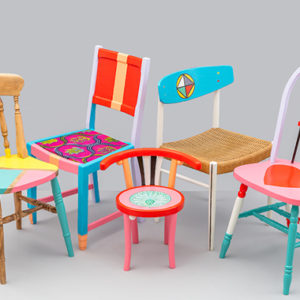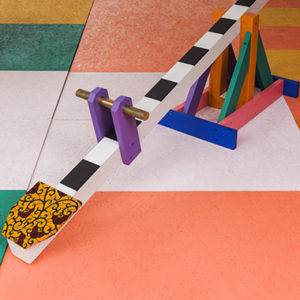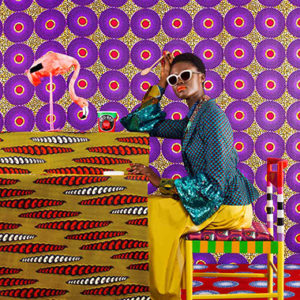


When I started looking for Afrofuturism case studies, I mostly understood the kinds of art that fell into the category, but really struggled to see more day-to-day manifestations of the same Afrofuturist impulse. Although I’ll probably end up doing my final project on Octavia Butler or another Afrofuturist literary figure, I found, for this assignment, a really interesting example of Afrofuturist design, specifically as it relates to furniture, which really departs from the text-based analyses we’ve primarily focused on so far.
Working out of London, the designer Yinka Ilori repurposes furniture in an up-cycling operation. Within this project, Ilori upgrades old furniture to make a statement on the value of “old” items and, furthermore, undermine the consumer society’s incentives to purchase constantly new products that don’t fill a need any greater than that product which one already has. To honor his heritage, Ilori decorates the upcycled furniture with vibrant colors and geometric designs, in the same vein as the dominant designs in Nigeria (the place to which he pays homage).
Based on what we’ve learned, Ilori’s work seems to epitomize the value that Snead puts on repetition within black culture: “Black culture highlights the observance of such repetition, often in homage to the original generative instance or act,” (65). Indeed, with his furniture, Ilori both honors Nigeria and rejects the principles of vapid consumerism that Snead explicitly associates with white culture.

What a great idea to bring to the table! Not least because it might help us see that Snead isn’t validate a mechanistic repetition (dehumanizing industry) so much as a kind of cultural satisfaction with self-awareness (in a “self” that is communally-inflected).
I’d love to see you edit this to add in a picture or two, if you’ve time!
L
That is a very interesting point you bring up. This show that afrofuturism can be expressed in such a variety of mediums. This is also a very helpful example to understand Snead’s quote on page 65.